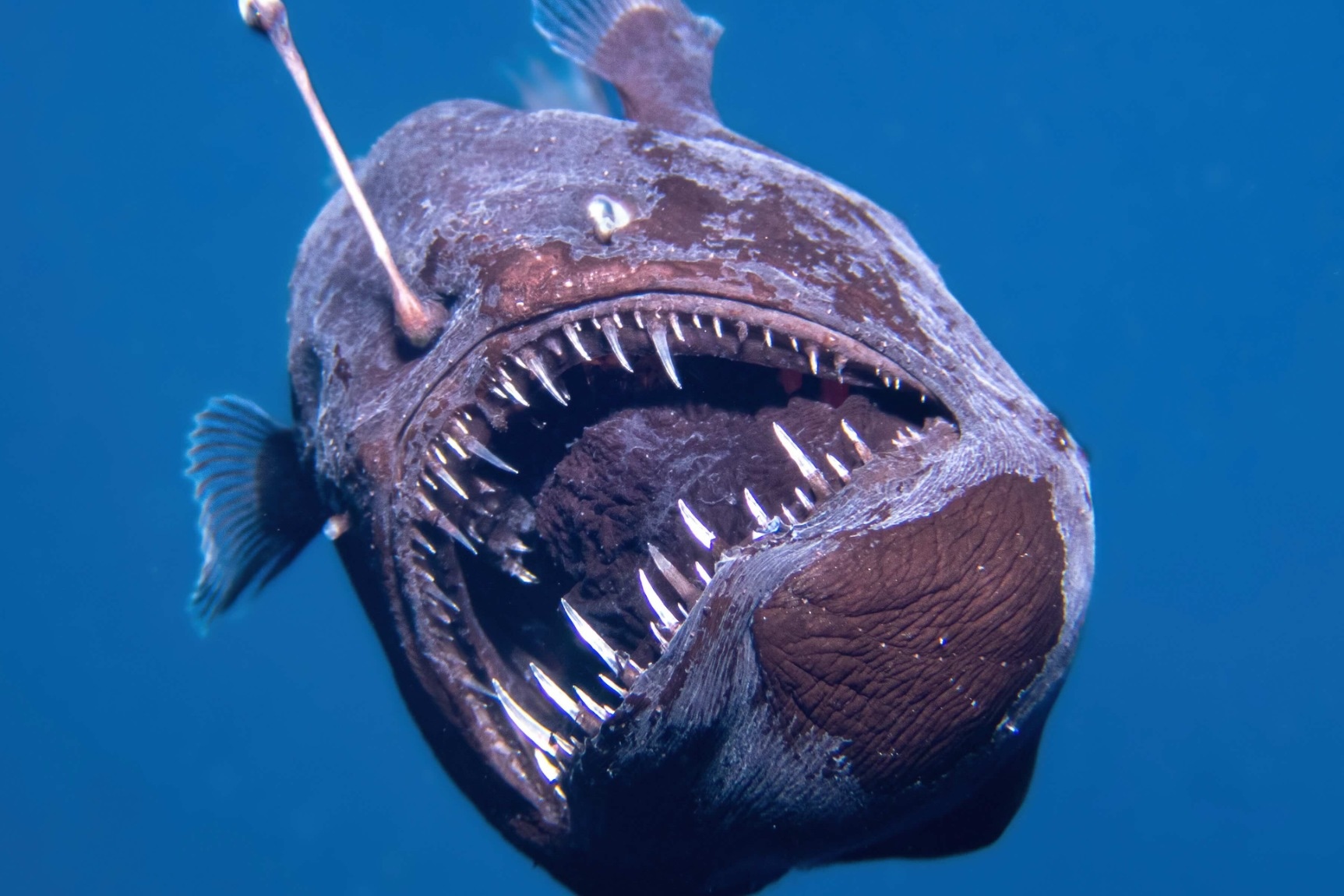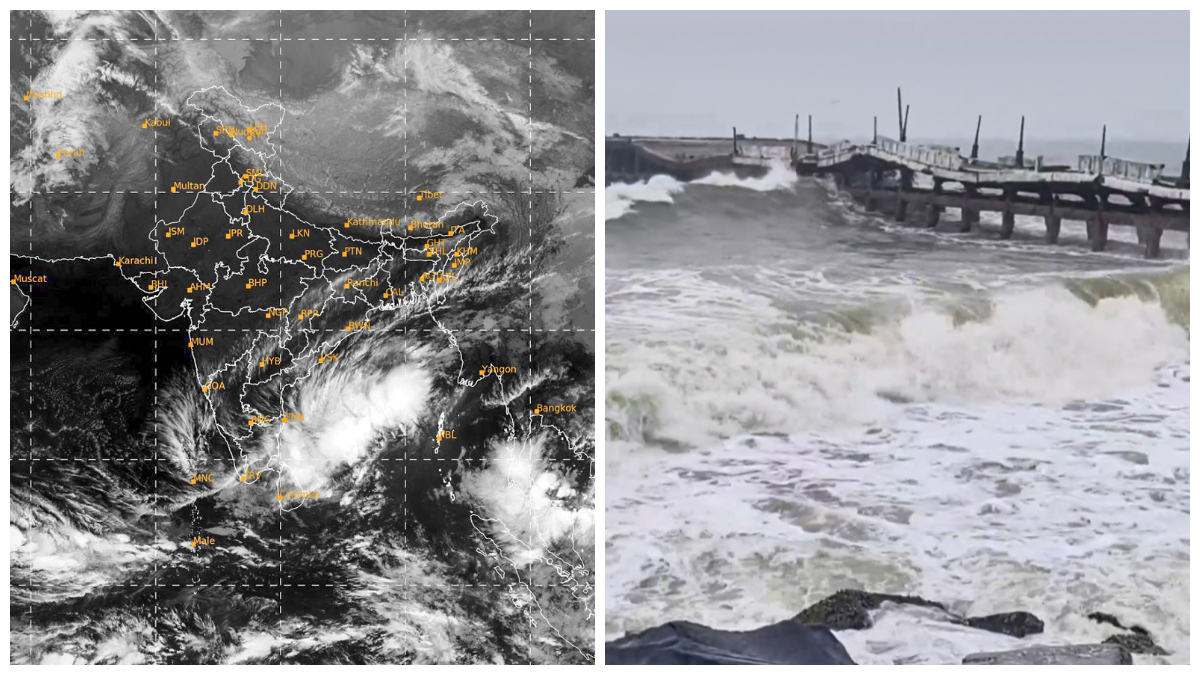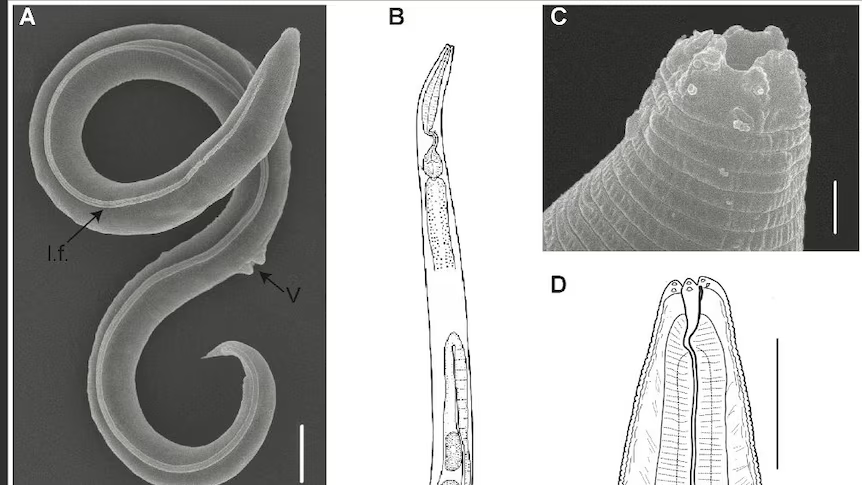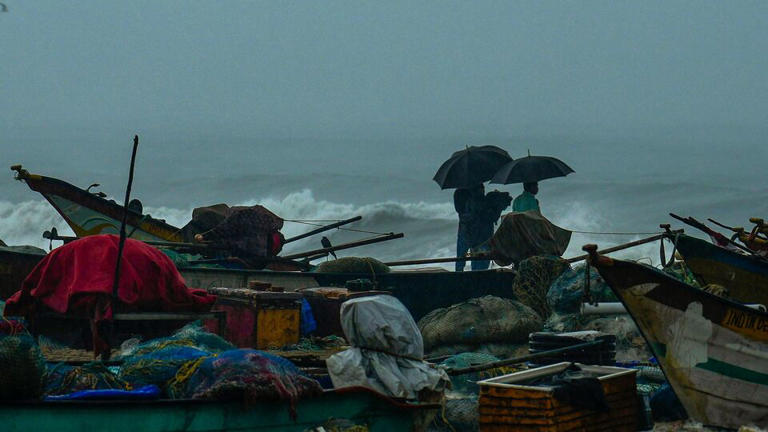Home / quick-reads / The Fascinating World of Decapods: Ten-Legged Marine Crustaceans That Thrive Beneath the Waves
The Fascinating World of Decapods: Ten-Legged Marine Crustaceans That Thrive Beneath the Waves
By: My India Times
3 minutes read 56Updated At: 2025-01-18

Marine crustaceans are some of the most intriguing creatures found in the ocean, and among them, decapods hold a special place. The term "decapod" originates from the Greek words "deka," meaning ten, and "pous," meaning foot. These fascinating animals, which include crabs, lobsters, shrimp, and prawns, are distinguished by their ten legs and complex anatomy. Their diversity and ecological significance make them a subject of endless fascination for marine biologists and ocean enthusiasts alike.
Anatomy and Features of Decapods
Decapods are members of the order Decapoda, which belongs to the larger class Crustacea. They are characterized by their segmented bodies, exoskeletons made of chitin, and articulated legs. Their ten legs are not just for walking—they serve various purposes such as feeding, digging, and defense. For instance, the front pair of legs in many species are modified into pincers, or chelae, which are used for grasping prey or fighting rivals.
Most decapods have a hard, protective shell that they periodically molt as they grow. This molting process is a critical part of their life cycle but leaves them vulnerable to predators until their new exoskeleton hardens.
Habitat and Distribution
Decapods are incredibly versatile and inhabit a wide range of marine environments, from shallow coastal waters to the deep sea. Some, like fiddler crabs, thrive in brackish estuaries, while others, like deep-sea shrimp, are adapted to the extreme pressures and cold temperatures of the ocean's abyssal zones. Their adaptability and ecological roles make them essential contributors to marine ecosystems.
Behavior and Diet
The diet of decapods is as varied as their species. Many are scavengers, feeding on dead organic matter and helping maintain the health of the marine ecosystem. Others are predators or omnivores, consuming smaller organisms, algae, or detritus. Lobsters, for instance, are known for their voracious appetite, preying on mollusks, fish, and even other crustaceans.
Decapods exhibit fascinating behaviors, including complex mating rituals, burrowing, and symbiotic relationships with other marine species. For example, pistol shrimp form mutualistic partnerships with gobies, wherein the shrimp provides shelter, and the goby acts as a lookout for predators.
Importance to Humans
Beyond their ecological significance, decapods are vital to human economies and cultures. They are a cornerstone of global seafood industries, with species like shrimp, crabs, and lobsters being highly prized for their taste and nutritional value. Fisheries and aquaculture industries employ millions of people worldwide, relying on sustainable practices to ensure the continued abundance of these crustaceans.
Moreover, decapods are often used in scientific research to study development, genetics, and even climate change impacts on marine ecosystems.
Conservation Challenges
Despite their importance, many decapod populations face threats from overfishing, habitat destruction, and pollution. Climate change exacerbates these challenges by altering ocean temperatures and acidity levels, which can disrupt their reproduction and growth. Conservation efforts, including sustainable fisheries management and marine protected areas, are crucial for preserving these species and the ecosystems they inhabit.
A Marvel of the Marine World
Ten-legged marine crustaceans, or decapods, are remarkable creatures that showcase the incredible diversity of life in our oceans. From their complex anatomy to their vital roles in ecosystems and human economies, these animals continue to inspire awe and admiration. Whether you're savoring a lobster dinner or marveling at the intricate burrow of a crab, it's clear that decapods deserve our respect and protection as an essential part of Earth's biodiversity.
In exploring the world of decapods, we not only uncover the secrets of marine life but also remind ourselves of the need to cherish and safeguard the delicate balance of ocean ecosystems.
....Marine crustaceans are some of the most intriguing creatures found in the ocean, and among them, decapods hold a special place. The term "decapod" originates from the Greek words "deka," meaning ten, and "pous," meaning foot. These fascinating animals, which include crabs, lobsters, shrimp, and prawns, are distinguished by their ten legs and complex anatomy. Their diversity and ecological significance make them a subject of endless fascination for marine biologists and ocean enthusiasts alike.
Anatomy and Features of Decapods
Decapods are members of the order Decapoda, which belongs to the larger class Crustacea. They are characterized by their segmented bodies, exoskeletons made of chitin, and articulated legs. Their ten legs are not just for walking—they serve various purposes such as feeding, digging, and defense. For instance, the front pair of legs in many species are modified into pincers, or chelae, which are used for grasping prey or fighting rivals.
Most decapods have a hard, protective shell that they periodically molt as they grow. This molting process is a critical part of their life cycle but leaves them vulnerable to predators until their new exoskeleton hardens.
Habitat and Distribution
Decapods are incredibly versatile and inhabit a wide range of marine environments, from shallow coastal waters to the deep sea. Some, like fiddler crabs, thrive in brackish estuaries, while others, like deep-sea shrimp, are adapted to the extreme pressures and cold temperatures of the ocean's abyssal zones. Their adaptability and ecological roles make them essential contributors to marine ecosystems.
Behavior and Diet
The diet of decapods is as varied as their species. Many are scavengers, feeding on dead organic matter and helping maintain the health of the marine ecosystem. Others are predators or omnivores, consuming smaller organisms, algae, or detritus. Lobsters, for instance, are known for their voracious appetite, preying on mollusks, fish, and even other crustaceans.
Decapods exhibit fascinating behaviors, including complex mating rituals, burrowing, and symbiotic relationships with other marine species. For example, pistol shrimp form mutualistic partnerships with gobies, wherein the shrimp provides shelter, and the goby acts as a lookout for predators.
Importance to Humans
Beyond their ecological significance, decapods are vital to human economies and cultures. They are a cornerstone of global seafood industries, with species like shrimp, crabs, and lobsters being highly prized for their taste and nutritional value. Fisheries and aquaculture industries employ millions of people worldwide, relying on sustainable practices to ensure the continued abundance of these crustaceans.
Moreover, decapods are often used in scientific research to study development, genetics, and even climate change impacts on marine ecosystems.
Conservation Challenges
Despite their importance, many decapod populations face threats from overfishing, habitat destruction, and pollution. Climate change exacerbates these challenges by altering ocean temperatures and acidity levels, which can disrupt their reproduction and growth. Conservation efforts, including sustainable fisheries management and marine protected areas, are crucial for preserving these species and the ecosystems they inhabit.
A Marvel of the Marine World
Ten-legged marine crustaceans, or decapods, are remarkable creatures that showcase the incredible diversity of life in our oceans. From their complex anatomy to their vital roles in ecosystems and human economies, these animals continue to inspire awe and admiration. Whether you're savoring a lobster dinner or marveling at the intricate burrow of a crab, it's clear that decapods deserve our respect and protection as an essential part of Earth's biodiversity.
In exploring the world of decapods, we not only uncover the secrets of marine life but also remind ourselves of the need to cherish and safeguard the delicate balance of ocean ecosystems.
By: My India Times
Updated At: 2025-01-18
Tags: quick-reads News | My India Times News | Trending News | Travel News
Join our WhatsApp Channel

Similiar News

US Supreme Court Rejects 26/11 Accused Tahawwur Rana’s Plea to Block Extradition to India
2025-03-08

































































.jfif)









.jpg)




































































































.png)
 (1).png)























